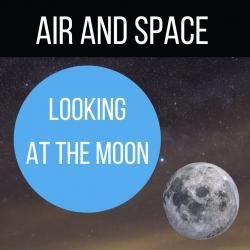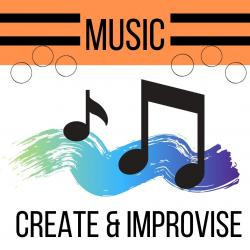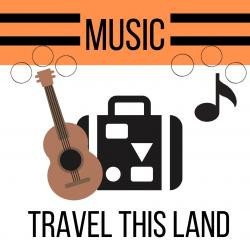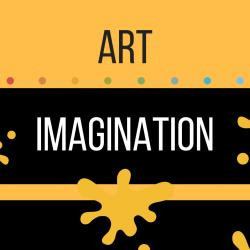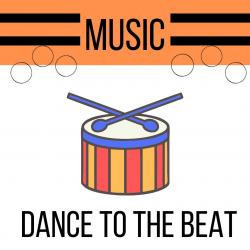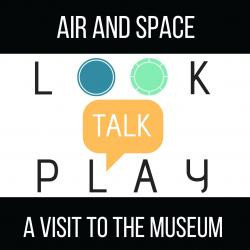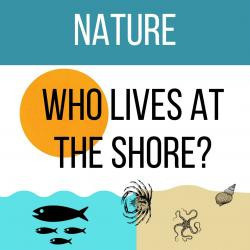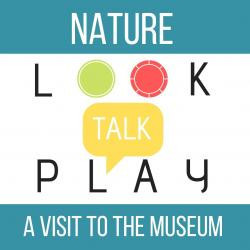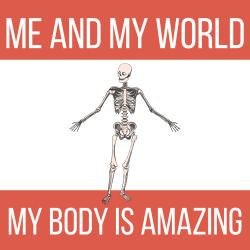Talk With Me Toolkit
If this is your first time using the Talk with Me Toolkits, we recommend you start at the new project page that includes six additional revamped toolkits.
The Talk with Me Toolkits give parents and caregivers thematically organized high-quality, authentic materials to make children their conversational partners in discussions that matter. Each online toolkit features captivating videos and real-world photographs, as well as intriguing paintings and other artworks to observe and discuss through conversation prompts. Hands-on activities and books complete each toolkit. Simple instructions appear right in the toolkits, so you can jump right in. See what interests your child and get started. There’s a lot to talk about!
To read more, see, from the Harvard Graduate School of Education’s Usable Knowledge site, The Brain-Changing Power of Conversation.
Talk With Me Toolkit's collections
AIR & SPACE: Air Moves!
 Talk With Me Toolkit
Talk With Me Toolkit
AIR & SPACE: Looking at the Moon
 Talk With Me Toolkit
Talk With Me Toolkit
MUSIC: Create and Improvise
 Talk With Me Toolkit
Talk With Me Toolkit
AIR & SPACE: A Visit to the Museum
 Talk With Me Toolkit
Talk With Me Toolkit
NATURE: Who Lives in the Trees?
 Talk With Me Toolkit
Talk With Me Toolkit
NATURE: Who Lives at the Shore?
 Talk With Me Toolkit
Talk With Me Toolkit


